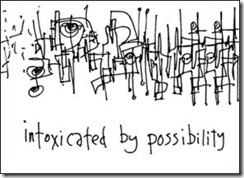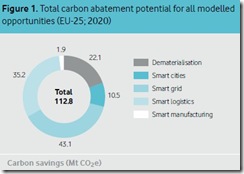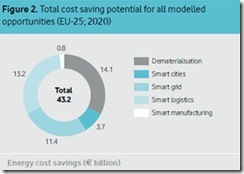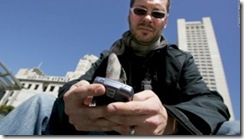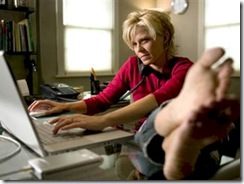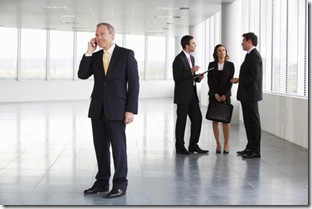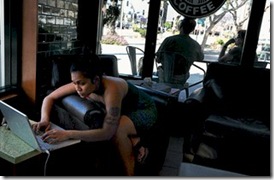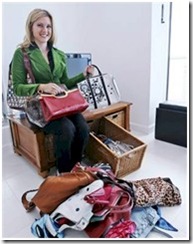Everything new is old again.
Yahoo has cemented itself as the now tired veteran of the Digital Age. Perhaps a sign of how far the digital age has come when the early pioneers start to look and behave schlerotically behind the times.
What does Yahoo not know that everyone else does? The new CEO Marissa Mayer claims to be taking a step back in its flexible work practices for the sake of solidarity – “We need to be one Yahoo!, and that starts with physically being together.”
She has a point. Jamming people together in time and place does manufacture a sort of contrived cohesion. I reminds me of the old trick to get two fighting cats to be at peace…lock them in the bathroom for a few days until then are at peace with each other. Unfortunately, Mayer’s reset is nothing more than a surrender to the lowest form of togetherness. Sort of like puns being the lowest form of humour.
This bold-faced retreat to the sub-basement of corporate cohesion made me reflect on the hierarchy of unity in the organisation world. I do think that some bonds are tighter than others. I would propose the following hierarchy starting at the highest and working down…
1. Purpose – THE WHY: The ‘mission’, the ‘why’. This is what unifies dispersed cells of radical organisations who have never met each other and don’t work together. This is a common theme in the most successful organisations like Apple and Nordstrom. Hugh MacLeod and Mark Earls have explored this concept with great insight and creative eloquence.
2. Obectives – THE WHAT: Even if you don’t have a higher strategic purpose, you can still have a more pragmatic ‘purpose’ typically defined by SMART objectives.
3. Process – THE HOW: At least if you are synchronised in a symphony of aligned process, then you will have a crude form of uniformity. Perhaps brittle and vulnerable, but at least functional to a certain degree.
4. Presence – THE WHERE/WHEN: Sticking two human beings next to each other is the lowest form of integration that exists. Sort of like sticking an Apple and a PC next to each other so you can work on both ‘together’. Yes, it is form of togetherness, but the efficiencies and impact that forced proximity (note: voluntary proximity is a powerful thing) creates is fragile and wafer thin. It is the foundation to such bureaucratic poison as tedious meetings, expensive air travel and relocations, and mind-numbing commutes.


